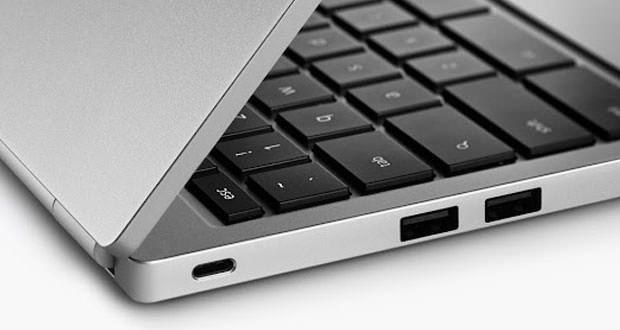The Universal Serial Bus or USB, is one of the most-used ports on modern computers, as it allows versatile connections. I
nitially, the USB ports, were installed only on desktop computers, but now found in many devices such as laptops, tablets, smartphones, digital cameras, MP3 players, game consoles and even appliances. Very often it can happen that a virus or a program not too sure, render unusable the computer’s USB ports. Here to follow how to repair a USB port.
1.) First check if the USB port is physically damaged. To restore the functionality of the USB ports must click ” Device Manager “. This option will scan your PC, identify all ports present, it will report those not working and will repair them. It is a very useful and easy to use.
2.) Access to Device Manager varies depending on the service pack on the computer. Open the ” Start ” menu and move the column to the right where you will select the ” Control Panel “. A window will open where you have to click on the ” Device Manager “.
3.) After opening the ” Device Manager ” click the right mouse button and select ” Scan “. In a few seconds you will see a window labeled ” USB controller “. For best viewing, click the ” larger ” in the upper right of the window. Automatically window will detect which ports also work and which do not. Move the mouse over the corresponding entry to the door not working and click the right button. This will open a small window in which you have to select ” Power Management “.
At this point, it will open a second window in which you have to remove the check mark from ” Allow the computer to turn off this device to save power ” and finally click on the ” Ok “. The last step to do is to click ” Scan ” : Windows will perform a second scan that will fix the USB port. Repeat the process for all ports not working and finally restart the computer. In a few minutes, you will have solved the problem.

